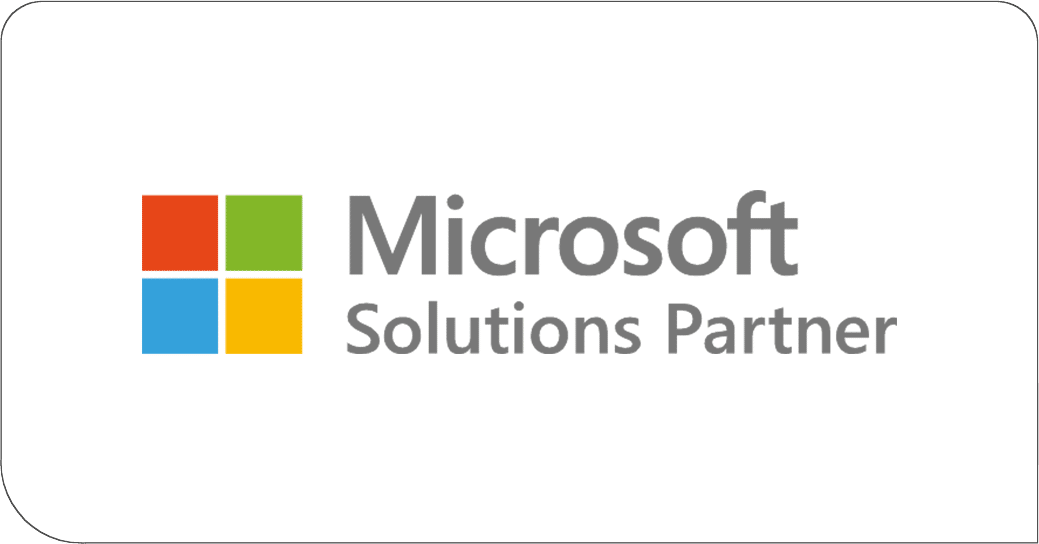As the new year kicks off, it’s the perfect time to turn your attention to reviewing your business’s IT infrastructure – not just to tick boxes or stretch out the holidays, but to strategize for the year ahead. It’s an ideal opportunity to re-align your IT environment with your business goals and get a head start for a fresh start.
That’s why we’ve put together this article: to guide you through the IT assessment process, focusing on all key infrastructure areas. At the end, you should have a fully comprehensive view of your IT environment, greatly empowering future plans and realignments.
1. IT Infrastructure Assessment
Hardware and Software: Begin with a comprehensive inventory of your existing IT assets. Check the age, performance, and relevance of each piece of hardware. For software, assess whether current licenses are up-to-date and if the software still meets business requirements. Consider the scalability of your systems for future needs.
Review Against Business Needs: Here’s where you start aligning your IT infrastructure with your business objectives. Determine if your current setup supports your business processes efficiently, or hinders them. Identify any gaps where technology is not adequately supporting key business functions.
System Performance: Analyze the performance metrics of your systems. Look for signs of declining performance, such as increased downtime, slow network speeds, or frequent system crashes. Evaluate the efficiency of your IT setup in terms of energy consumption and space utilization, which can impact operating costs.
2. Cybersecurity Analysis
Security Measures: Review your existing cybersecurity strategies. Assess the effectiveness of firewalls, antivirus software, intrusion detection systems, and other cybersecurity solutions. Examine how these defenses have held up against threats, and how well they comply with industry best practices.
Incident Logs: Analyze security incident logs from the past year. Identify any patterns or recurring issues. Evaluate how effectively your team responded to these incidents and if there’s room for improvement in response times or strategies.
Update Protocols: Based on your review, determine if your cybersecurity protocols need updating. Consider implementing new security technologies or enhancing current measures. Focus on areas like employee training, password policies, and access controls to reinforce your overall security posture.
3. Data Management and Compliance
Data Processes: Evaluate how data is stored, accessed, and backed up. Ensure that your data management processes are robust and efficient. Check the adequacy of your backup solutions and recovery plans in case of data loss.
Review Compliance: Ensure your data handling practices comply with relevant regulations, such as state privacy laws or HIPAA. Non-compliance can lead to significant legal and financial repercussions. Identify any areas of non-compliance and develop a plan to address them.
Data Practices: Based on your review, identify areas for improvement in data management. This could include investing in better data analytics tools, enhancing data security, or streamlining data storage solutions.
4. Budget Analysis and Future Planning
IT Expenditures: Analyze the past year’s IT spending. Break down costs into categories like hardware, software, maintenance, and staff training. Assess whether these expenditures have delivered a good return on investment, and if they have remained within or gone over budget.
Next Year’s Budget: Based on your current needs and future projections, plan your IT budget for the coming year. Prioritize investments that align with your business operations. Consider allocating funds for new technology adoptions or upgrades.
Identify Cost-Saving Areas: Look for opportunities to reduce costs. This might include negotiating better terms with vendors, opting for cloud services instead of on-premises solutions, or implementing energy-saving measures in your data centers.
5. Technology Trends and Innovations
Emerging Trends: Start looking at the latest technology trends that could impact your business. This might include advancements in AI, cloud computing, IoT, or cybersecurity.
New Technologies: Consider how these new technologies can benefit your business. Assess whether they can improve efficiency, reduce costs, or open up new market opportunities.
Impact and Benefits: Evaluate the potential impact of adopting new technologies. Consider both the immediate benefits and the long-term strategic advantages they could offer. Plan how you can integrate these technologies into your existing IT infrastructure.
6. Training and Development
Skills and Training: Evaluate the current skill levels of your IT staff. Identify any gaps in knowledge, especially concerning new technologies or cybersecurity practices. This assessment will help in planning training programs.
Training Programs: Develop a training plan for your employees. This should include cyber awareness, new technology training, or upskilling your in-house IT team. The goal is to ensure everyone is proficient in the latest technologies and best practices, which is crucial for maintaining an efficient and secure IT environment.
Ongoing Learning: Emphasize continuous learning and development. Encourage your employees to speak up if they are struggling with a new platform, or if the old tech is not working well with the new.
7. Set Goals for the Upcoming Year
Establishing IT Objectives: Set clear, measurable goals for your IT department that align with overall business objectives. These could range from improving system uptime, to enhancing cybersecurity, to implementing new technology solutions.
Developing an IT Roadmap: Create a roadmap that outlines the key IT initiatives and projects for the upcoming year. This plan should include timelines, resource allocation, and key milestones.
Conduct Your Start-of-Year IT Assessment with Expert Guidance
Take this opportunity to lay a solid foundation for your IT initiatives and proactively prepare for the future. By methodically assessing your IT infrastructure, cybersecurity, data management, budget, and emerging technology trends, you can identify areas of strength and pinpoint opportunities for improvement.
However, a thorough and in-depth IT infrastructure assessment is an intensive, complex process that requires IT expertise and specialized tech knowledge – which is where Davenport Group comes in. Our team of IT experts can conduct a thorough review of your IT environment and create a strategy that aligns with your business goals for the new year.
Reach out to us today, and make a head start on your success for 2024.

